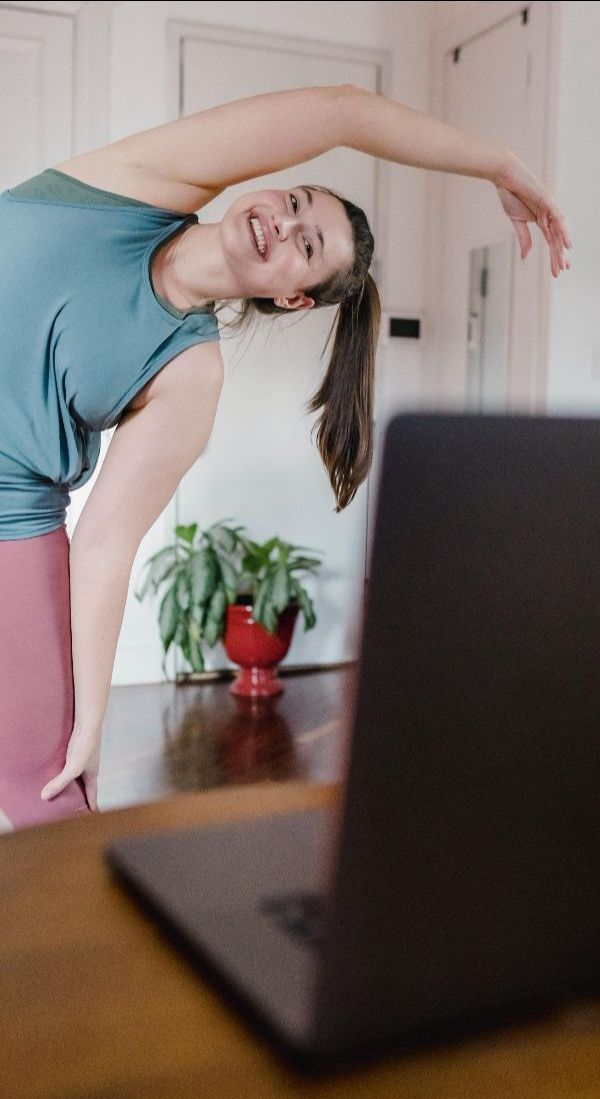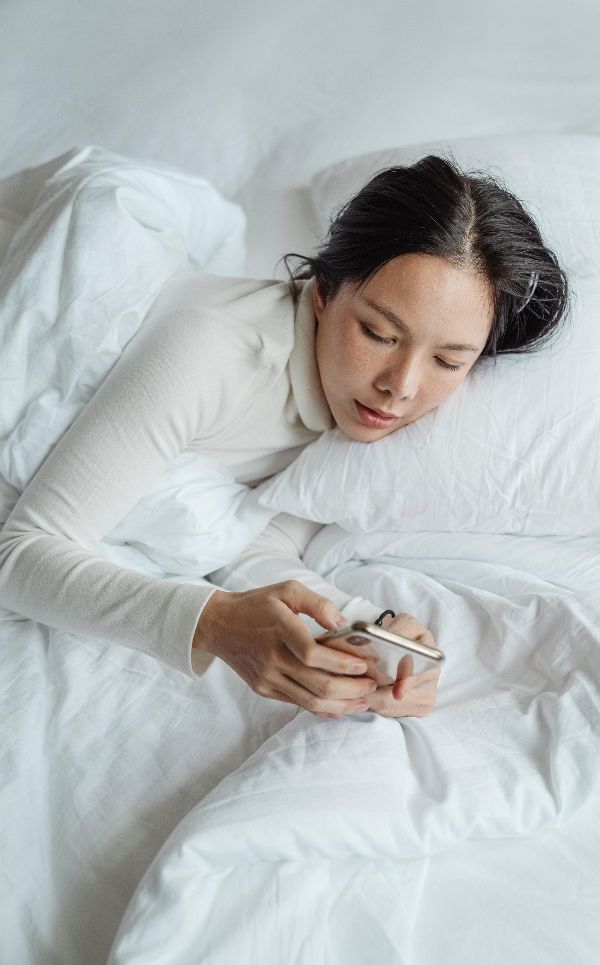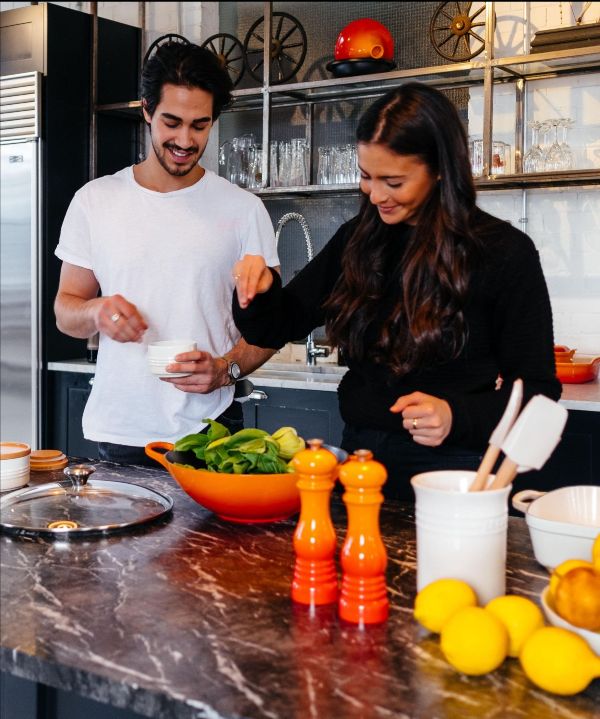
Study People. Examine Brands. Explore Culture.
During the past year, the concept of “wellness” has shifted due to COVID-19 among other recent and myriad social disruptions. With so many lives lost and so many lives changed, wellness and wellbeing have been brought into focus for nearly everyone. While the traditional adages of wellness and wellbeing—get enough sleep, eat healthy, exercise regularly—remain true, new ideas, brands, apps, products and services are emerging with a renewed focus on helping people achieve wellness.

Relief from the Never-Ending Work Day
For those lucky enough to work full-time from home beginning during shelter-in-place orders and continuing today, the struggle for wellness is real. Suddenly, people are working all the time with no routine for wellness activities or self-care. Snacking can happen 24/7 and exercise is difficult to incorporate. According to a new study by Asana, more than 89% of American workers said they faced burnout in 2020, and nine out of ten workers also admitted to working longer hours throughout 2020. There has been an emergence of brands and products aimed at helping people better manage time at home from exercising, to eating, to sleeping. Until the pandemic lifts (and likely beyond) we will continue to see new ways to bring wellness into the home and ideas for putting work on pause.

The Rise of the Calming App
Apps for meditation and sleep are hitting the market at record speed. With stress and anxiety continuing unabated for nearly a year and few traditional stress relief outlets available due to lockdowns, people have turned to their phones for help by downloading apps that help manage stress and enhance wellness. The Calm meditation app (despite the premium version of the app costing $69.99 for a year subscription) has been downloaded 80 million times. Headspace, Reflectly and Sleepiest are other popular apps that promote wellness. Mental health has been a big concern this past year, and brands and companies are taking positive strides to normalize care for mental and emotional health.

Enjoying the Home-Cooked Meal
How people think about and get food has been heavily influenced by the pandemic. According to a recent article in Food Dive, “more than four out of five consumers say the coronavirus pandemic has changed their food habits, driving them to cook, eat, shop and think about food differently.” More people started cooking at home during the onset of the pandemic, and they are planning to continue to do so after things open back up.

Taking Breaks from the Media
During the pandemic, the search for truth and facts about the virus has been difficult—with lots of conflicting information. This same conflict continued through the presidential election here in the U.S., which fueled a mistrust of the media. Unable to find trustworthy news sources and wanting to take a break from “doomscrolling” and the never ending amount of information, people are attempting “digital detox”. From creating “no tech zones” in their houses to downloading apps that enforce time limits, finding ways to hit pause on screens has been a hot topic the past year.

The Focus on Brand Responsibility
While brand responsibility has been important in the past to many consumers, how people think about what brands are responsible for shifted during 2020. People started to pay more attention to how brands were treating employees and their approach to dealing with the pandemic. As opposed to in the past where brand responsibility was tied to helping the environment or generally “doing good”, brand responsibility in 2020 became directly tied to the wellness of others. In a study by AMC Global, consumers reported that they were looking closely at how companies are treating employees and handling their needs during COVID-19. Brands like Starbucks and Target have boosted mental health resources for employees in response, and these efforts have been well-received by employees and consumers alike.
Some “wellness” questions to ask as we move into 2021:
- What does wellness mean for your brand or businesses in a time when people are looking for help in maintaining their health and wellbeing?
- How have your target consumers’ perceptions of wellness changed over the past year?
- How will new perceptions of wellness and brand responsibility affect how your brand behaves?
Want to learn more how your brand can respond to consumer wellness needs?
Reach out to us!
In Pursuit of Personal Bias: Pushing Past the Surface to Understand How People Think and Act
We recently contributed to AdvertisingWeek 360 on understanding hidden, personal biases and how they motivate people—and how this has been at the root of marketing and advertising for decades.
READ NOW
Copyright © 2020 Big Squirrel, All rights reserved.
